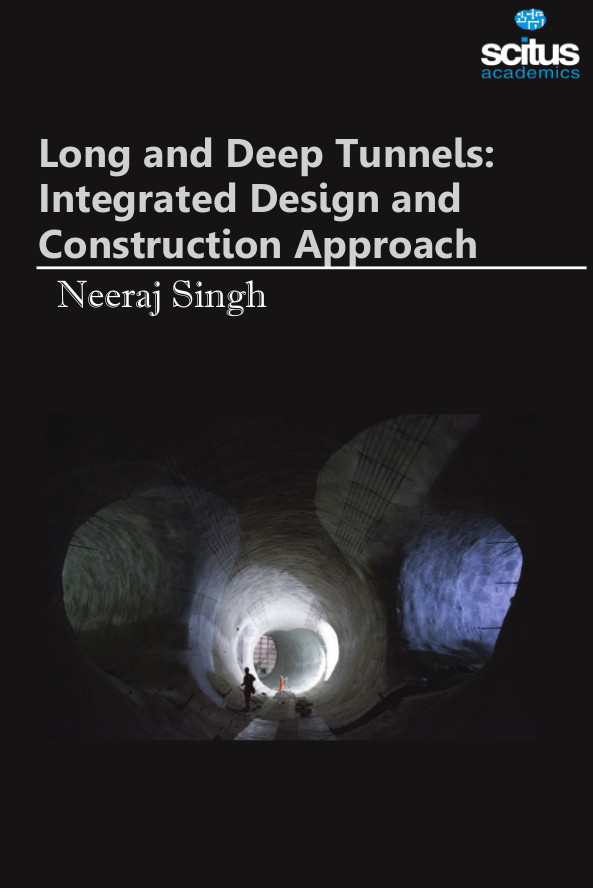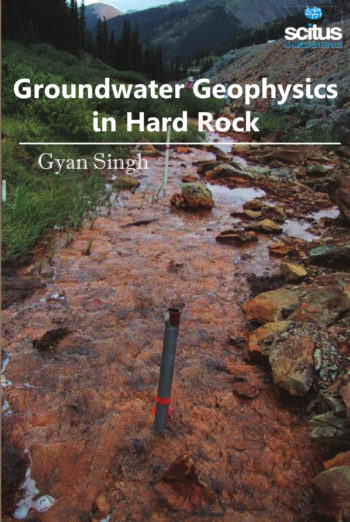A tunnel is an underground or underwater hallway, dug through the surrounding soil/earth/rock and enclosed except for entrance and exit, commonly at each end. A pipeline is not a tunnel, though some recent tunnels have used immersed tube construction techniques rather than traditional tunnel boring methods. A tunnel is relatively long and narrow; the length is often much greater than twice the diameter, although similar shorter excavations can be constructed, such as cross passages between tunnels. Anyone who sets out to construct underground works, finds himself having to tackle and solve a particularly complex civil engineering problem because, compared to surface constructions, it is extremely difficult to determine the basic design data of underground works in advance. It is not a question, as with surface construction, of gradually assembling materials with well known strength and deformation properties to build a structure which finds its future equilibrium in the desired final configuration, but of acting on a pre-existing equilibrium and proceeding in some way to a “planned disturbance” of it in conditions that are known only approximately. Another characteristic of underground works, well known to design and construction engineers, but not always given sufficient weight, is that very often the stage at which the structure is subject to most stress is not the final stage when the tunnel is finished and subject to external loads predicted at the design. The design and construction of long and deep tunnels, such as tunnels under mountains, signify a considerable challenge. Long and Deep Tunnels: Integrated Design and Construction Approach is not intended to teach how to design and construct such tunnels but to disclose the methods to identify the possible hazards associated to the process of designing and constructing long and deep tunnels.
The book is envisioned to practicing engineers, research practitioners, designers, advisers and students in mining, underground, tunneling, along with to foundation and geological engineers, urban planner and architects.













